Tutorials / CREATIVITY, ALL TUTORIALS

The ethics of Travel Photography
This article is a retranscription of the Talk I gave for the Travel Photographer Society in May 2017 in Kuala Lumpur. If you’d like to watch the video scroll down to the end. In today’s world where lying has become common practice, in the world of fake news, I believe we all need to bring the truth and transparency back on stage. Plus all the stories we have heard recently about photojournalism and the very recent Souvid Datta scandal, I think it is time for me to publish this. We hear a lot of discussions concerning the ethics of photojournalism, street photography and even recently wildlife photography. But the thing is we never see discussions like this concerning travel photography. It seems that travel photography is very general, flexible and a field of photography which doesn’t have the boundaries that other fields have. When people talk about the ethics of travel photography, if you google it, the only thing I could find was people talking about if it’s ok or not to take photos of people. But I wouldn’t call that the ethics of travel photography, it is only a cultural problem. I believe we need to set up boundaries and define what travel photography really is. In order to define Travel Photography, we first need to understand the notion of authenticity. As travel photographers, we are constantly seeking for what is new, different, exciting, authentic, how to capture the essence of a place. We are like historians or anthropologists, studying the environment we travel to. So let’s define this term.
1a: worthy of acceptance or belief as conforming to or based on fact b: conforming to an original so as to reproduce essential features c: made or done the same way as an original 2: not false or imitation: real, actual The problem, when talking about authentic travel, or authentic travel experience, is that authenticity when related to people and culture only exists in a certain time frame. What was authentic yesterday is not today. The people who were working in the fields using buffalos yesterday are now using tractors. A photographer traveling around the world with the idea of capturing an image they believe is authentic is really only capturing an authenticity based on images they have seen in the past, or things they have read. “CULTURES ARE INTERMESHED, AND EVER-CHANGING. THERE EXIST NEITHER A SPATIAL NOR TEMPORAL BOUNDARY AROUND A CULTURE. AUTHENTICITY IS A BOX INTO WHICH THE TRAVELER CRAMS WHAT HE WANTS TO SEE, WHILE IGNORING THE COMPLEXITY OF REALITY.” Why does this matter for anyone doing travel photography? Well. I believe it does matter very much because every photographer should be trying to convey a sense of truth in their images. As Wikipedia tells us (and we all know the Internet never lies!): “ Travel photography is a genre of photography that may involve the documentation of an area’s landscape, people, cultures, customs and history.” The documentation of an area and its people. That means being an objective viewer, not interfering nor trying to show things the way they are not. So when you think about this, and spend some time browsing through images online, I feel there is a strong disconnection between what Travel photography should be and what is actually is. Wait a minute… I didn’t know monks love to read in a dark and smoky place so much! I believe there is something really wrong happening in the world of travel photography today. The fact that it is a relatively easy medium to pick up (buy a camera and a plane ticket and you are good to go) created a kind of over saturated market. We are exposed to hundreds of travel images every day (mostly when working in this field) and people are trying more and more to show themselves, even if that means creating an image that already exists and is known to be popular. “It’s the race for photographers about who will be the most popular, and that is killing creativity” Shouldn’t we as travel photographers be seeking originality in our work? Because authenticity always evolves and changes due to the fact that people and cultures evolve and change constantly, our work should always evolve if we remain true to the craft of photography. Trying to seek what we think is authentic and reproducing something we have seen is nothing authentic and even less original. It is untrue to the people you photograph and untrue to the people viewing your images. It’s not like you’re lying… but sort of! You may give people the wrong impression, and even though photography is an art and is subject to anyone’s interpretation, as a travel photographer you have a duty to show the world the way it is. Yes photography is an art, and art can and should break boundaries. Anyone is entitled to create conceptual images, following a sense of aesthetic or conveying a deep meaning into their images. [box style=”1 or 2″]But if you create an image from a conceptual idea and pay models to pose for your shot, isn’t that closer to commercial or fashion photography? [/box] But hey, who am I to tell you what to do? You have a camera, you want to capture something, you are free to do what you want to do. This is still a free world. It is fine for anyone to stage images following their ideas. No, the main problem I have with all this is how can these images, which are a reproduction of past images, which lack of originality, still win photography competitions today? Let’s have a look at great original work that won competitions recently: Sony World Photography 2014 SIPA 2015 When I see these images I wonder who is judging these competitions? I mean, for some of them they are, or sound, quite prestigious. (Sony awards, Siena International photography awards, National Geographic!). You’d think that national geographic know what they are doing right? They must have a panel of experienced travel photographers who know what they are doing. But how can these people award a photo we have seen a hundred times before? Wait, do these people actually know about photography? Have they ever traveled? If you only have a little experience of Asia and having traveled to these locations, you know these are fake, and the locals are waiting for photographers to come and pose for them in exchange of money. So you see a lot of these photos winning travel photography competitions, and being published. And that scares me. Literally scares me. I am thinking that it is sending the wrong message to any amateur or emerging travel photographer: if you want to win competitions and put your name out there, if you want to make it in this very competitive field and make your passion a living, make it your life! Well, the monk in the temple in Bagan costs $15 per hour, so you’d better start saving money! The good thing is that your model already knows what is the winning photo so he will even tell you where to position yourself to take the shot. And for an extra $10 they bring the smoke machine! These competitions do not say: we will reward the most original work, someone with a unique way of looking at things, who can tell us a beautiful story thanks to an intricate composition. Instead, they say: go and shoot what is popular if you want to make it. Yes, fake it til you make it! Talking about authenticity, this is quite the opposite. It is fake. It is not real, these things do not happen. And as a photographer, you can come up with a concept of creating such an image, due to your interpretation of Buddhism and your aesthetic standards. You can build a photography following a dream you had of a novice monk reading a book at candle light. I guess the first person who took that photo was very inspired. But it has been done before! We have all seen it for the first time and thought Wow. This image won a photography competition maybe 10 years ago. And that should be it! The same thing is happening today in the world of Wild life photography. Less than a month ago I was reading an article about “the foul practice of Wild Owl Baiting by wildlife photographers“. An article from Phil Mistry, a wildlife photographer. Apart for mentioning the fact that baiting wild owls is bad for the owls themselves as it can change their behaviors, he says “you are getting a fictionalized photo as this owl never hunts in this particular way… in other words: the deceit is obvious to the trained eye“. The trained eye! Shouldn’t people judging prestigious photography competitions have experienced, trained eyes? And look at the polemic that surrounded the book of Jimmy Nelson “before they disappear”. He traveled to remote locations to photograph ancient cultures and set them up in their traditional costumes. His book is beautiful in terms of aesthetic images but he received a lot of negative feedback from these very communities, accusing him of showing something fake, that doesn’t exist. But I know what you’re thinking now. Yes, you are going to travel there, and go to see the monks in Bagan, and because you got skills you will pull off something new, better than anyone before. You got that special technique where you can blur the hell out of the background and it is going to look so cool. Or your editing skills are superb and you know you can make the difference. Let’s see how the process goes…. Show images – “Hey what should we photography today Steve?” – “Let’s have a novice monk sitting on the floor reading an ancient looking book, that will work!” – “Wait I feel we can do better than this Steve!” – “Sure ok, let’s have them sweep the floor” – “Sweep the floor? Do you mean…” – “Shut up and do as I say, I am famous!” – “Oh yeah I like that, but we need something more authentic. I mean more dynamic!” – “Ok how about letting them jump around? That looks real right?” – “Sure that is great Steve, but it looks a bit staged doesn’t it?” – “Not when I shoot it! But ok, let’s do something unique, that we have never seen before” – “I know, let’s have one of them do Pole vault!” – “You are a genius!!!” – “Wait, I can’t publish that, I need a horizontal shot for a double spread page!” – “Ok ok but we don’t have time, I need to head to my son’s birthday party now” – “Birthday party? I know! Balloons!!!” Excuse me sir, but how is that any authentic? And how is that creative? You created something so fake that it hurts my eyes just thinking about looking at it! By doing such things you are still being untrue to the people you photograph (the actors) and yourself. I am an educator and care a lot about people’s abilities to create, innovate. By staging images your level of creativity is close to 0. You are restricting yourself to shoot within the limits of your idea, your location, and model. You will be directing your model and staging your shot following your restricted vision. You do not open yourself to new things, to what is really happening, all the things that happen and you cannot control. You are not getting out of your comfort zone at all, and that is killing your creativity. But mostly, you are not seeking what we, travel photographers are seeking. The most important part and the essence of Travel photography. Travel photography. There is the photography, but Travel comes first! Yes, you can take good pictures. Everyone can learn how to use a camera, buy an expensive lens and a plane ticket, and come up with nice images. But do you know how to travel? Are you trying to capture something that has never been captured before? Are you trying to create original work, to listen to your own voice and vision, to be true to yourself when doing photography? Can you contribute to the photography community and inspire people around you with something new and creative? Do you try to be an explorer? Are you trying to show the world based on a preconceived idea of what it should look like (the noble savage) or are you trying to make your own vision appear in an image? Are you putting yourself into your image or are you just reproducing someone else’s vision? Or maybe you fell into the trap of what these so-called photography competitions make you believe: you have to get this shot so you can make the difference, and get a lot of likes on Facebook and Instagram. Because of social media and instant “likes” it is very tempting for any photographer to try and make it on social media. What photographers do not understand though, is that 99% of the people viewing your images on social media have no idea about photography and art in general. You could spend your time posting images of cute kids looking up at the camera with a blurry background and get tonnes of likes. You could also take photos of sexy women and have a lot of likes. Kittens are also well known to please people. Wait… Sexy women with kittens! That is it! If you want to make it as a photographer on social media, you know what to do! But how real is that? Following the trends, following what the general public is asking for has never been a way to create and develop art. Art has always been on the edge of the common trends and is pushing people to constantly innovate. Staging your images will not only restrict your creativity, as you will be working confined into one vision of an image you have in mind, but it will remove the traveling part. Maybe your schedule is full: meeting the models in the morning, finding the location, discussing details with your fixer, etc… So when do you start traveling? By not staging anything and only trying to capture what is authentic, we can enjoy so much more the travel part of travel photography. We can enjoy the moments of true interaction with the people we meet and witnessing what we believe is authentic. We can enjoy this moment, when, in the middle of the desert at sunset we suddenly put the camera down, look around and think “Wow, look how amazing is the world we live in”. The moments we are invited to stay with some people who have nothing but still want to give us everything. The moments that make you become a humble person, realizing and understanding in which world we live in, and what life is about. The moments I have learned some of the greatest lessons in my life. The moments I was being true to myself and travel photography. The moments I have learned some of the greatest lessons in my life. The moments I was being true to myself and travel photography. What is Travel Photography?
Photography Competitions
Fake it til you make it!
The Travel

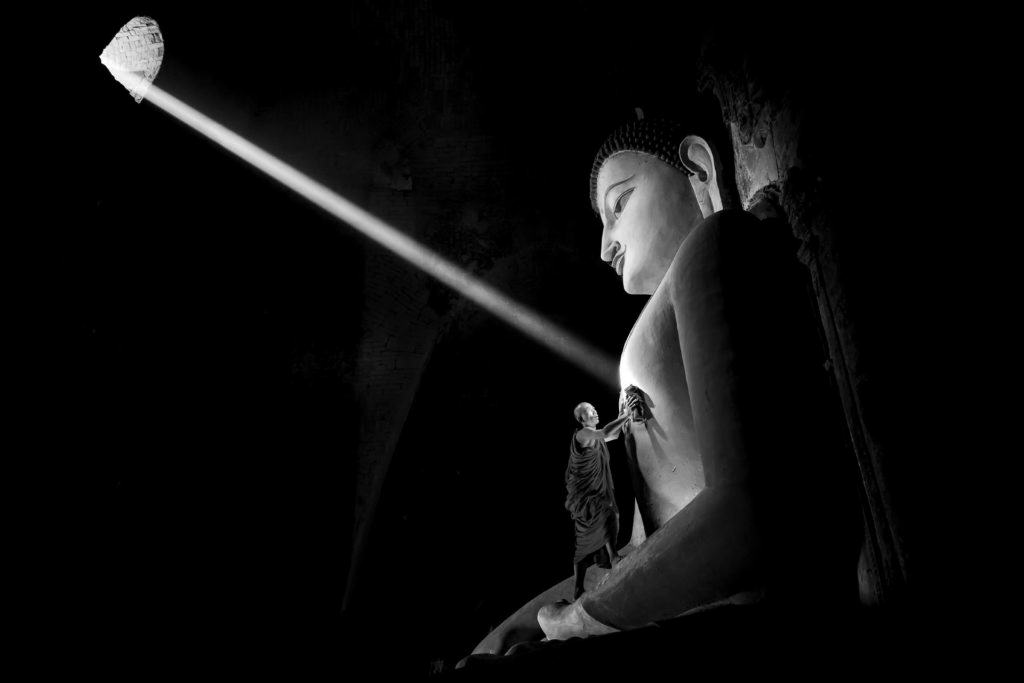



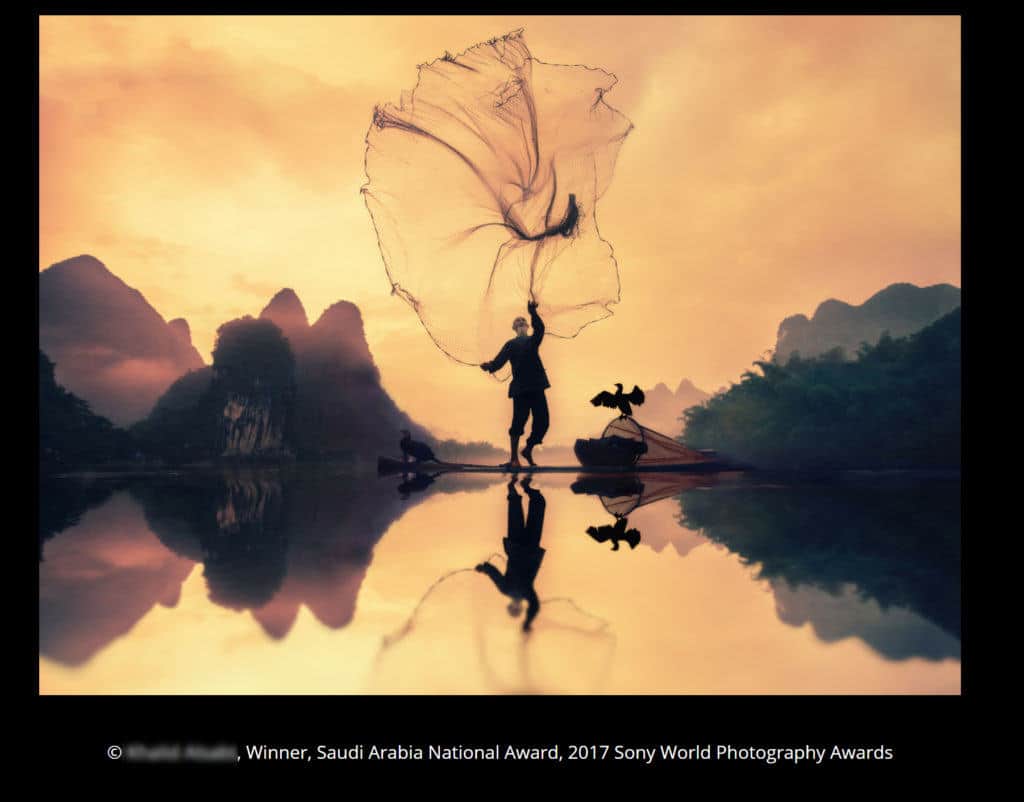
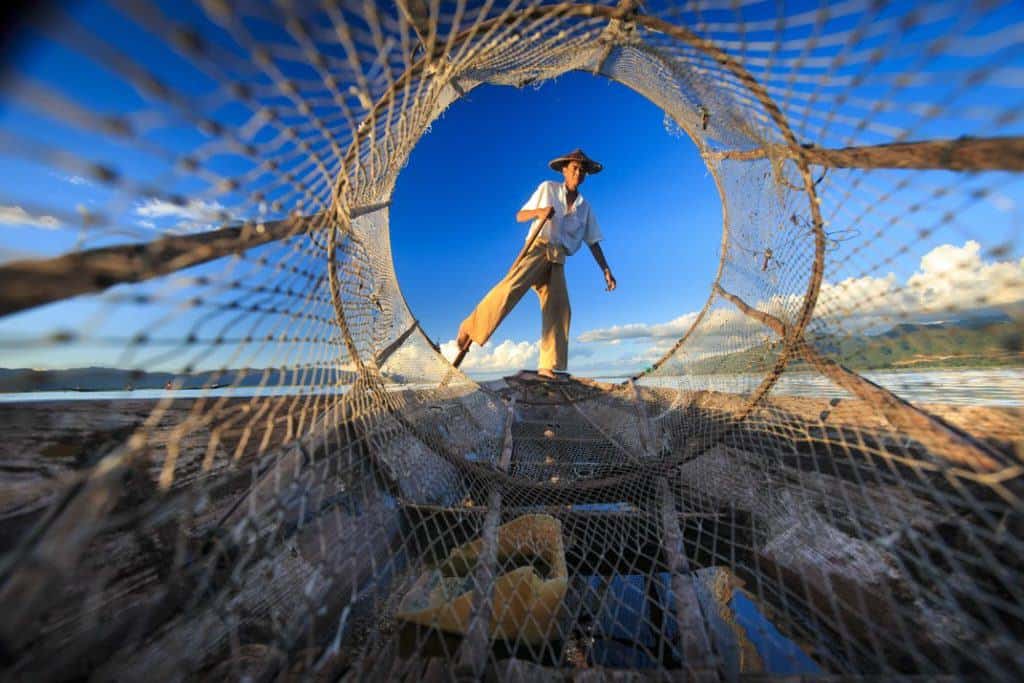


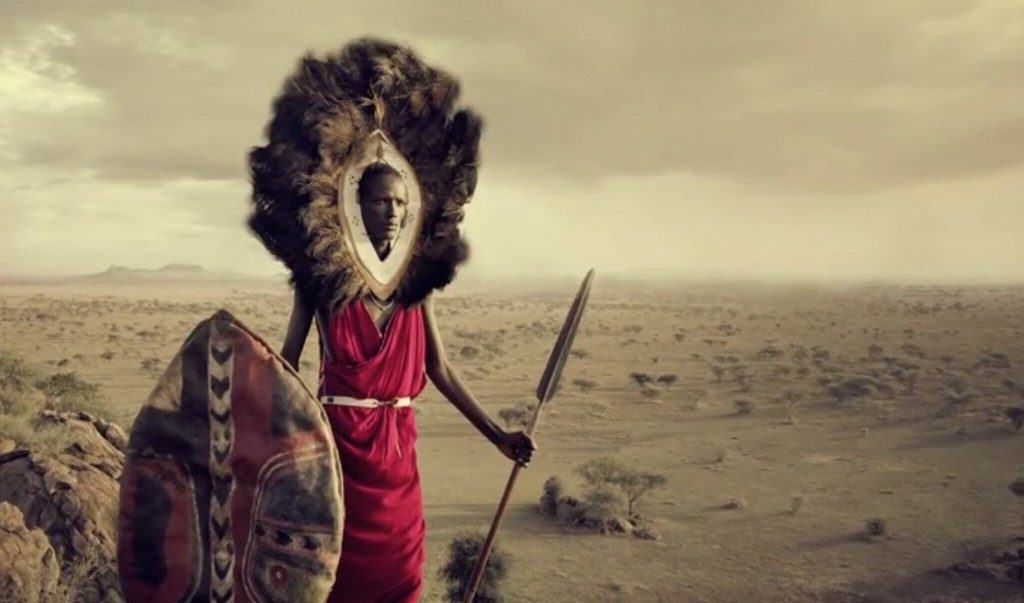
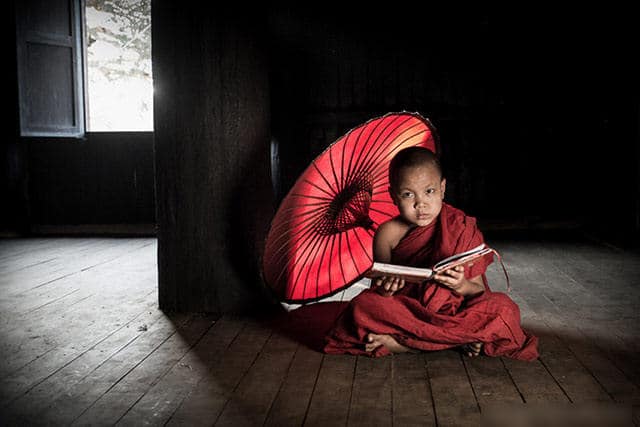

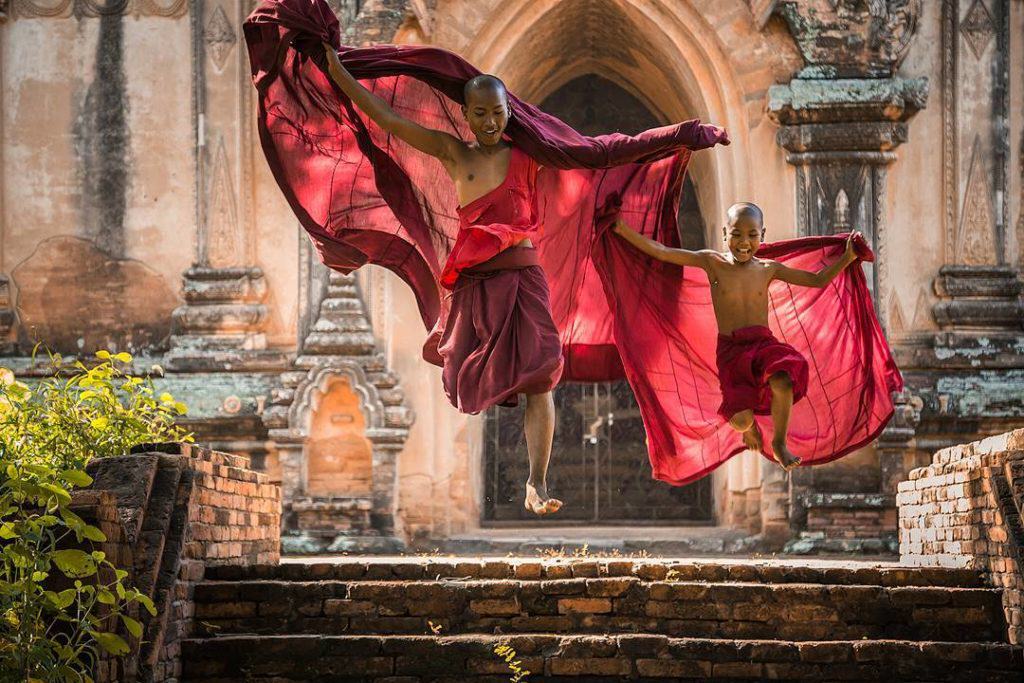
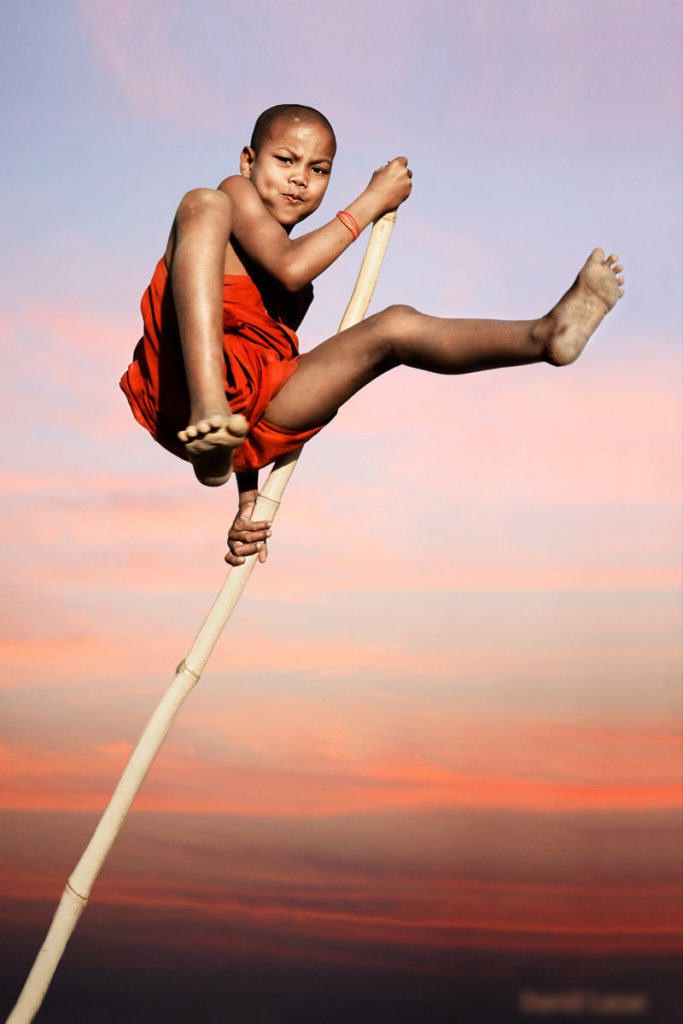

Totally agree on this, as when I travel to these places in do wonder how photographers get these images and then by chance I had this very conversation with another photographer and he tells me that the “famous ” photographers go to these places and start paying people money to pose for them clean and clear the streets and when us real travel photographers come along and try and do the same they ignore us as they are waiting for the big money and not the token guesture we are offering.
Very good article ! I completely agree with you.
The real challenge as a travel photographer is to show in a few pictures how the travel experience in a given place might be… And this is where it is really challenging !
Cheers, Gilles
I remember when Nat Geo selected that image of a fisherman in Myanmar as the winner. I actually couldn’t believe it. And the thing is it’s still happening. It’s like you have to be a sell out to win a photography competition.
That image of the Inle fisherman from Nat Geo is what made me start that article! 🙂
Right on. For now i just wish those photography competition would just wake up and respond to a higher moral standards.
Great article Etienne. I remember when I first started photography, wondering how these people got such amazing photos, but whilst thes images appear perfect, I now know they lack authenticity. It can’t replace the thrill of watching an amazing scene appear before your lens, or the shot you get when you connect with local villages and you capture their laughter. This makes for real photography and great travel, even if I never win an award.
Etienne, you sound angry. And rightly so. 🙂 One big problem is that the photographer brings technology with him into a culture and is followed by others who bring more technology. So we have a responsibility to be a good example. Personally, I’m often annoyed by Western travel photos of Iran. They seem quite different from images taken by Iranian photographers.
I understand completely what you are saying. I try to capture the essence of the places I travel to, and I’ve travelled the world. I cringe when I see photos of monks with umbrellas pretending to read in the dark, jumping monks, monks in a smoky cubicle next to a window etc..Forgive them for they know not what they are doing.
Er…. your concern is that travel photo contest winners stage their photos, and that these photos are unreal? And that worse, even the subjects in those photos are collaborators in this?
Well, if there’s a contest, people will do what it takes to win, correct? What’s new?
Does that destroy the essence of travel photography for the rest of us? We still pack our tripod, we still hope for good light, we still hope to capture memorable scenes at local markets, we still shy away from those tourist areas, etc.
The majority of photographers aren’t out to win travel contests, and certainly they don’t have time to stage photos just for a contest.
Hence, I agree there is an ethics problem, not only for travel photography, but for practically all commercial photography contests. But no, I don’t think it affects most of us.
Lee, I feel affected by this as I am a photography instructor (this is what I mostly do) and almost on a daily basis people come and show me set up photos and tell me how great they are. But no they are not great, just staged and completely unoriginal.
Exactly. Spot on…. This is not what photography should be.
That’s why I prefer streets photography. I photograph what my eyes see in the art of Photography, with creative compositions of cause… My Point of View.
This is one of the best articles I have read in recent times. As a photojournalist, I could relate to it. I am firmly against posed photographs and I also try to put this into the minds of new generation of photojournalists who most of the time try to stage/setup a scene. As mentioned in the article, you can not escape a “trained eye” when it comes to finding out if a photograph is authentic or staged. I feel like I would cheat if I ask someone to pose when I am on assignments. I am glad you wrote about this. Thank you.
Thanks a lot Raminder!
Honestly, when I read the title I thought it would be some “gyaan” about travel photography. But, I am really thankful that I continued reading till the end. This article has been an eye opener for me who is an amateur travel enthusiast and photographer. I saw winning pictures and was so much in awe of them. Hahaha…Thanks a lot for being so frank and direct about the real meaning of travel photography. I look at it in a very new light now. Earlier my vision was clogged by images and standards that winning photographs had set up for people like us.
thanks a lot!
Thanks for reminding the ethics of the travel photography. I have read your article very carefully. The last two paragraphs, I totaly agree with and try to do so during my travels.
If you do not mind I want to translate it to Turkish and share it at Facebook !
Sure Abdulla not a problem, and thanks for your support!
Very good article Etienne congratulation!! I am impressed! It is important to discuss this topic, to open our eyes…
However, the more I think about this topic the more questions I have. What is travel photography today? You gave an answer what it should`t be but is there a difference to documentary photography in your opinion as well? …And what happens if a photographer is under pressure to sell his pictures? Wouldn`t he do what sells, what people like to see, what magazins want to show, even though it is not reality?
Thanks Stefan. There is of course a big difference with documentary photography. This should be in any case not staged as you can see with the polemic surrounding Souvid Datta. Travel photography is more general, and I can understand that sometimes people have to stage images when they are under pressure when for example working for publications. But then these are more conceptual created images, and I believe it should be mentioned somewhere.
But if a photographer wants to sell his picture, and puts himself under pressure, then it is all about a personal choice. Anyone can do what they want at the end but NO ONE should declare that the photos were unstaged when in fact they were (this is blatant lying! ) and I also believe that in terms of personal development these photographers will stagnate and end up with the same types of images.
Thank you very much Etienne. This is something I have suspected for a long time but have never been able to express. Doubt creeps in and taints the viewing of these wonderful prize-winning images. The images excite: Can I go there? Will I be able to find such captivating settings? Will the fishermen or novices be there? The answer is of course yes once you have settled the fee. The question is at what point do we draw the line – Photojournalism has clear boundaries in both capture and post, in Travel photography boundaries are less defined: Yes, staging a complete shoot is obviously ‘fake’ if presented as reality. But, for instance, is asking someone to keep doing something that they were already doing for a little longer so you can capture the image fake? Or is removing a distracting object from the background fake? I am certainly occasionally guilty of both the latter……..
Hi Etienne,
I loved both article and video.
I made some references and linked this page in a major Italian photography forum, http://www.juzaphoto.com.
I hope you do not mind and I realize I should have asked your permission in advance; I will delete any reference and link if you ask me to.
Best,
Boustrophedon
Boustrophedon, not a problem at all, thank you for sharing!
isn’t it problem related to jury who accepts staged or fake but very impressive photos ? so doing like that they encourage other to go that way …
so any type of competition or selecting photos for publications which are impressive but not always document causes the effect of voyeurism
so rather sheme on not educated jury members…
Indeed, as I discussed in my article “the ethics of travel photography”, the main issue comes from these competitions themselves. A winner should be selected because of their skills, not because their image feels “wow”. And to judge such skills, the judges should be experienced photographers.
I agree with every word! I my opinion these problems with travel photography and photography in general came with the rapid spreading of new technology. Sure, Steve McCurry faked and staged his photos before the digital photography age and I consider him part of the problem. People like him – who had the name and fame – should have been those to lead the newcomer photographers on the path of ethical photography. But the mainstream users were more interested in the megapixel and ISO wars and less in the ethics part of how to do things. And the likes, of course. Partly this was my reason why I pulled thousands of my photos from flickr, facebook and instagram. I was soo distracted by these virtual pavlovian reflexes, and I was annoyed by these fakers, and people who don’t give a sh*t about ethics, other people, environment etc. I don’t wanted to be a part of this virtual and made-up space anymore. I missed the direct face-to-face connection with my viewers. This is what I want to change this year.
Very good point Zsolt. Social media is a bad influencer for everyone, but how about using the system to change the system? We can spread these ideas on social media, and make people aware of these issues.
A thoughtful insight into travel photography. Thank you for making us think about what we’re doing and why.
I agree to everything you said. I could relate to what you said. I have the same feeling when I see the state of wildlife Photography these days. The first thing that Photographers should be taught is to respect their subject. Respect the moment happening in front of them. They should be taught how to look at things the world has never seen before.
Thanks Sameer!